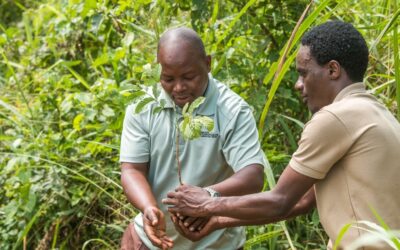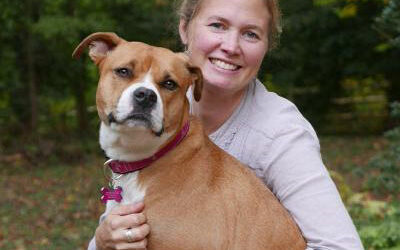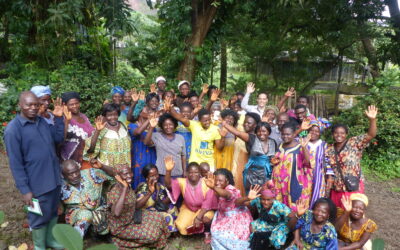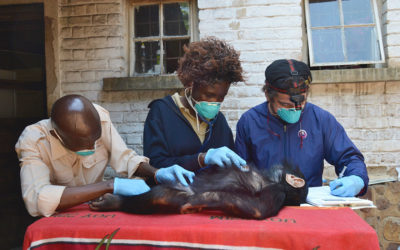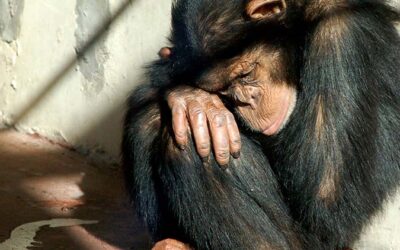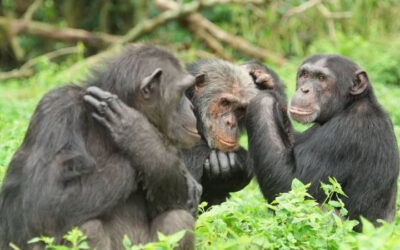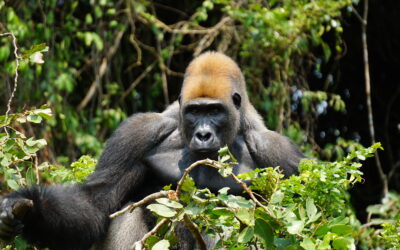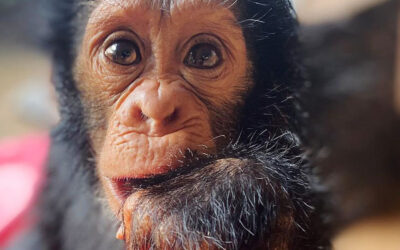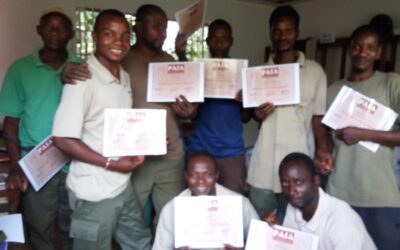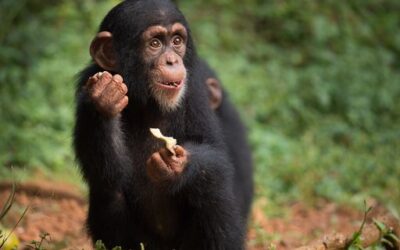Democratic Republic Of Congo: On the Brink of a New Wave of Violence?
By Natasha Tworoski
A country that has faced a long history of violence and political instability, the Democratic Republic of Congo (DRC) is teetering on the brink of a new wave of violence. As the second poorest country in the world, quality of life is already low for the Congolese. Now both people and wildlife have a new threat looming.
After two terms as president, the country’s constitution states Joseph Kabila is unable to run again and is to step down on December 19th after the election on November 27, 2016. However, the current government insists the election cannot take place for at least one to two years due to the need to register new voters. Needless to say, opposition to this claim is intense and protests are being received with swift brutality by government police. Sanctions from western countries on the DRC are increasing daily as international human rights groups attempt to find ways to prevent the death toll from growing more. This all comes in addition to the terrifying rebel warfare occurring in the eastern part of the country since the early nineties.
As one of the most biologically diverse countries in Africa, DRC is critical for wildlife conservation and this conflict puts many endangered species at risk of extinction.
Over the last year, as the government continues to declare it is impossible to hold the election this November, demonstrations have increased and grown increasingly violent. Currently, the president’s government has stated the election will be held in 2018, while the EU is pushing for 2017.
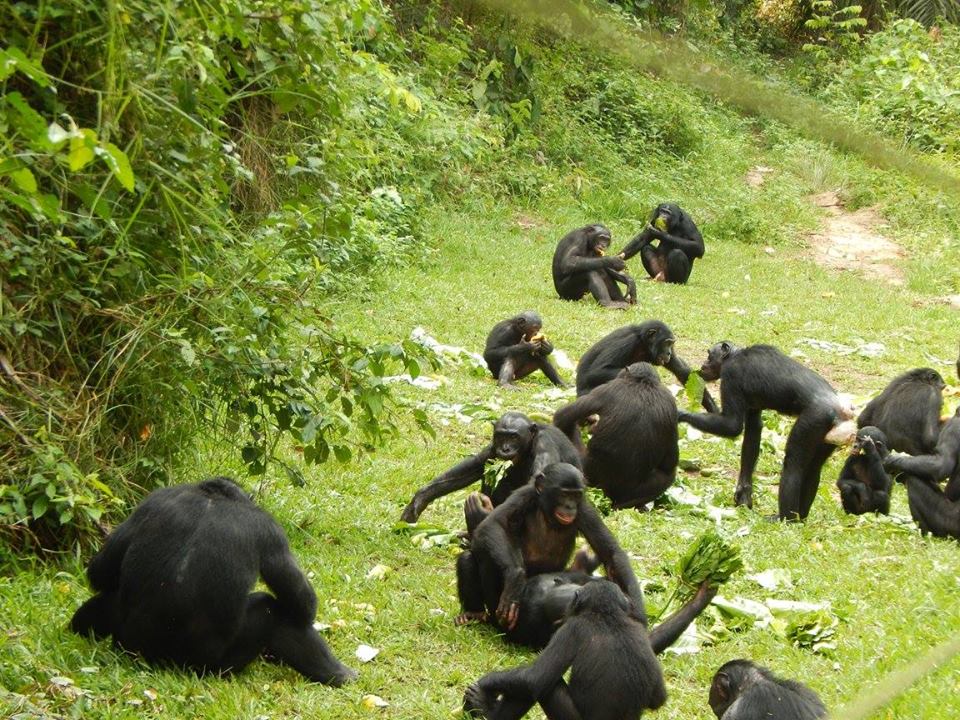
A group of bonobos, which are endemic to DRC
Last month on September 19th, at least 49 people were killed when protesters clashed with security forces. Offices of opposition leaders have been burned and destroyed, with death threats leading to several potential presidential candidates withdrawing their names from the running. UN peacekeeping chief Maman Sidikou has stated of the increasing tension, “The tipping point towards grave violence could arrive very rapidly.”
The Democratic Republic of Congo has yet to have a non-violent transition of power. Amazingly, wildlife sanctuaries have been formed in the more tumultuous periods of DRC political history and are still hard at work today rescuing animals and fighting the illegal wildlife trade. Conservation work in DRC is a high risk task.
In 2012, a rebel group attacked the Okapi Conservation Center in eastern DRC as a protest to anti-poaching laws, which resulted in the death of six people and 13 of the 14 ambassador okapi (the 14th passed shortly afterwards). The okapi is a hoofed animal closely related to the giraffe, with dark brown coloration except for zebra-like stripes on the legs. It only occurs in the Democratic Republic of Congo and is a source of pride for the country. Its picture is even printed on the 50 cent bill.
“Virguna,” a 2015 Academy Award nominated documentary revealed that to do this day the constant greed of foreign powers harvesting Congo’s natural resources knows no limitations. Available on Netflix, the documentary explores attacks on the Virunga National Park, home to mountain gorillas and numerous other species. It shows the violence the people living in eastern DRC potentially face on a daily basis. Two days before the film was initially aired, the director of the Virunga National Park survived an assassination attempt while traveling by car to the park’s headquarters. As the film explores, the people working to protect the Congo Basin literally risk and sometimes give their lives to protect its future.
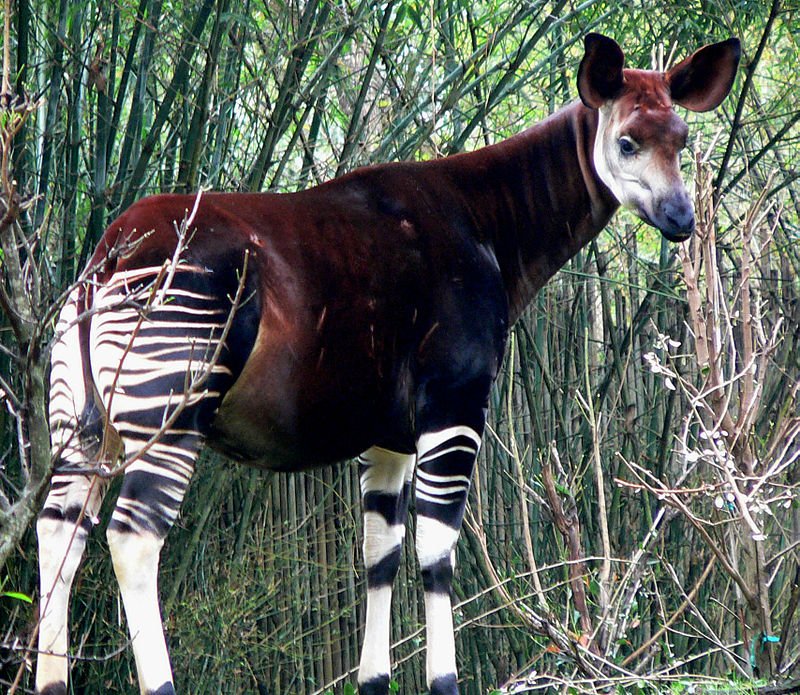
An okapi, an endangered relative of giraffes that is native to DRC
Next Posts
Conservation Efforts Safeguard African Wildlife and Habitat
African primates face interrelated environmental threats. That’s why wildlife conservation is integral to PASA member sanctuaries’ work.
PASA Welcomes Kelly O’Meara as New Executive Director
Kelly O’Meara joins the Alliance as PASA’s new Executive Director. Her leadership will be instrumental in the fight to protect primates.
Sanctuaries Build a Greener Future
PASA members are on the front lines of restoring habitat and building a greener future for their communities.
Women in Conservation: Protecting Africa’s Primates, Serving as Role Models
Meet two extraordinary African women in conservation who are protecting great apes and monkeys through their work at PASA member sanctuaries.
Coming Together to Stop Social Media Animal Cruelty
Social media channels may make it seem like primates work make good pets. But don’t believe it. Discover how we’re working in a coalition to take animal cruelty offline for good.
Celebrating the Amazing – and Endangered – Chimpanzee
In honor of World Chimpanzee Day, we’ve gathered facts and figures about these amazing animals. And we’re sharing some rescue stories that make our hearts sing.
Cryptocurrency and Conservation: A New Approach
For the last few months, we’ve been in conversations with a cryptocurrency called FEG Token. They are now an official PASA sponsor and have made a $1.1 million dollar pledge to us, in the cryptocurrency.
An Inside Look at Primate Rescues
What’s involved in rescuing a primate? More than you’d think! Read on to discover all that goes into this complex but rewarding work.
Ensuring Great Care After the Rescue
The Primate Care Training program helps sanctuary teams stay sharp so that they can provide great care to rescued apes and monkeys. Here’s how it works.
Building a Chimpanzee Nursery
Tacugama Chimpanzee Sanctuary has 23 baby chimps – many rescued from the illegal wildlife trade. Now they need a bigger nursery.

